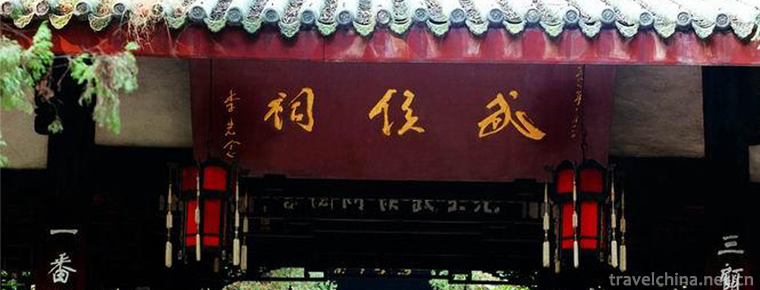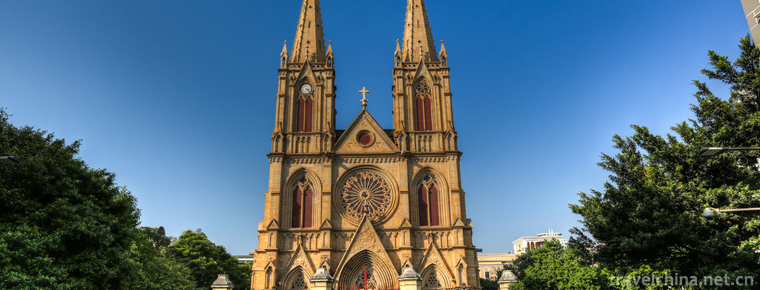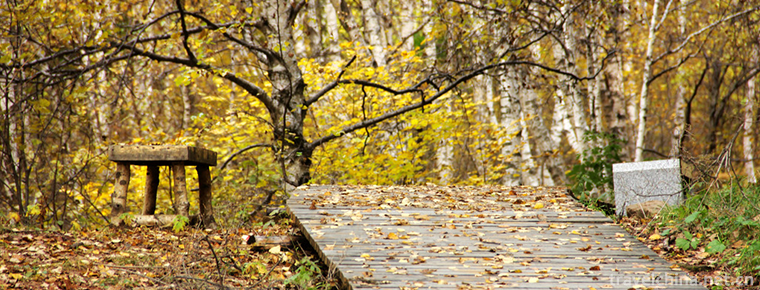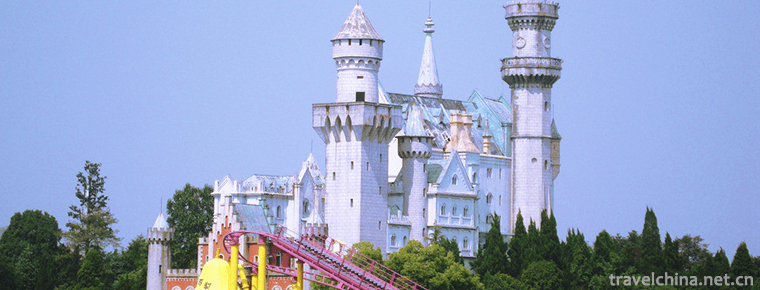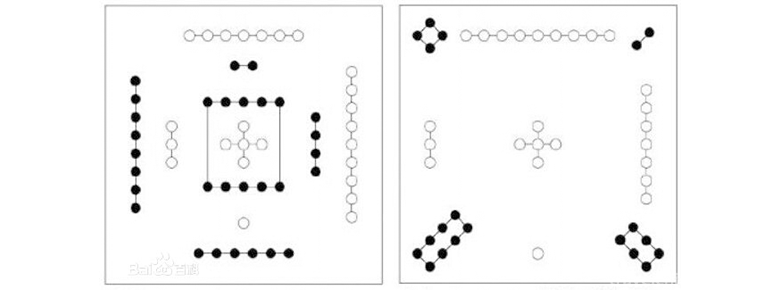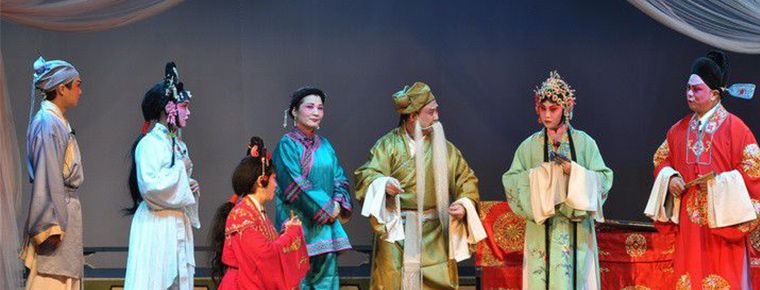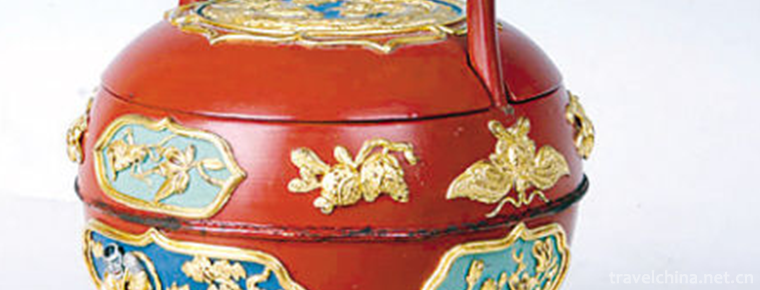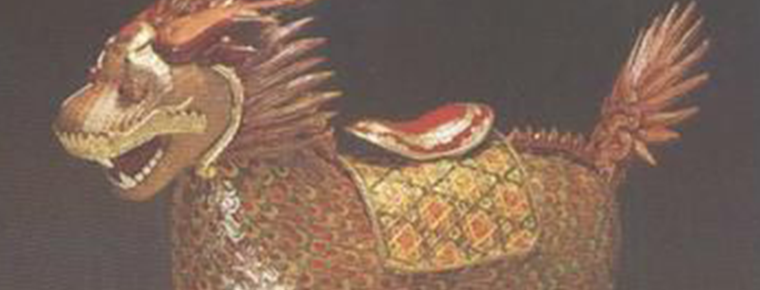Poke feet
Poke feet
Poking feet is one of Chinese boxing. Leg and foot kungfu is the main form. It is said that it originated in the Song Dynasty and flourished in the Ming and Qing Dynasties. The story of Wu Song's drunken beating Jiang Menshen in Chinese folklore tells us that Wu Song used the jade ring step and the Mandarin duck's feet to poke his feet. Therefore, some people still call poking his feet "Shuihumen".
On November 11, 2014, the stamp was approved by the State Council to be included in the fourth batch of national intangible cultural heritage list.
Basic introduction
Punching the foot is a kind of boxing in the north, which is mainly based on leg and foot kungfu. It is said that it originated in the Song Dynasty and is known as "the outstanding person in the North leg". Wu Song beat Jiang Menshen drunkenly. Wu Song used the Yuhuanbu step and the mandarin duck foot. Legend has it that during the Taiping Heavenly Kingdom, Zhao Canyi, a Taiping Army general, was proficient in poking feet and turning boxers. After the defeat of the Taiping Army in Tianjin, Zhao Canyi lived in seclusion in Raoyang, Hebei Province, and handed down poking and turning boxing to the local people. The main legs are kicking, lifting, drifting, dotting and seeing the end. It also emphasizes the skill of both hands and feet. The boxing proverb says, "Hands are two doors, and they hit people with their legs." "Hands hit three points, and feet kick seven points". In the body law, it is required to be correct, flexible, dominant in the waist, and the shoulder and hip of the guest and assistant. From the spine to the foot and from the hip to the hip, they both use the waist gap and shoulder crotch, and often cooperate with the ground movement. There are "eight roots" and "nine branches" in boxing. "Eight roots" multi-lower cross-legged method and "nine branches" multi-upper cross-legged method. One step one leg, one step one foot, a series of kicks, hands and feet.
There are two kinds of trips, one is to poke feet, the other is to poke feet, and the other is to poke feet. The martial arts are flexible, vigorous, long-term, rigid and flexible, mainly rigid. In the comprehensive exercise of hands, eyes, hearts, bodies and steps, the focus is on leg and footwork. The basic leg methods include picking, shearing, dicing, turning, facing the door, inserting and blocking, right and left legs (finger, kicking, turning, point, webbed, wrong, pedaling, rolling, etc.). The traditional Wulu routine is also called "Nine-turn Linked Mandarin Duck Feet", short for "Nine-branch Legs", a total of nine routes, each of which can be exchanged for practice, so it is called "Nine-turn". Each leg method is one step at a time, issued in succession, and the rings are set together, so it is called "Link". Its legs and feet are attacked in succession, left and right sides are exchanged, forming a pair of spouses, so it is called "Mandarin Duck Foot". Wen watches are vigorous and soft, with stitches hidden in them, small and compact, flexible and changeable, close to the shadow, and soft with stiffness. The traditional literary routines are called "Eight Roots" (self-turning feet, Yuhuanbu, stone thunder, archer-like, webbed legs, going out, firecrackers, cross-beating, etc.). Literary routines are lively and rhythmic, and their training methods are mind-to-mind, hand-to-foot; their techniques are push, lift, cotton, turn, paste, Sichuan, entanglement and development; their footwork is forward, backward, flash, swing, pumping, change, channeling, swing; their tactics are one step at a time, unexpected, luring the enemy into depth, then restraining, lower limbs start, half-step wins, like kicking non-kicking, striking in the East and striking in the west. There is also a kind of foot-poking in Northeast China, which is created by Hu Feng-san because of its unique legs and strong fighting ability. With the basic usage of eight roots, eight mothers, eight methods and sixteen formulas and thirty-two characters as the core, the combination of rigidity and softness, short and concise, compact upper body, lower body life, lingering techniques, strong legs, close to combat, flexible and changeable, also known as "Hu's foot poking", Hu's foot poking is mainly "Wen trip", while practicing "Wu trip".
Style and characteristics
To stamp a footnote,
There are two kinds of Wu trips, Wu trips are the origin of poking feet, Wen trips are the development and change of Wu trips. The characteristics of Wu Tuzi are: stretching generously, agility and vigor, long-term striking, rigidity and flexibility, mainly rigidity; it is in the comprehensive exercise of hands, eyes, heart, body and steps, focusing on the exercise of leg and footwork. The basic leg kicking methods include picking, shearing, dicing, turning, blocking in front of the door, right and left legs (fingering, kicking, turning, pointing, webbing, wrong, pedaling, grinding, etc.). The traditional Wulu routine is also called "Nine-turn Linked Mandarin Ducks'Feet". It is abbreviated as "Nine-branch Legs". There are nine routes, each of which can exchange exercises with each other, so it is called "Nine-turn". Each leg method is a step-by-step, continuous, ring-by-ring, so it is called "Link". Its legs and feet are attacked in succession, switching left and right, forming a pair of spouses, thus poking feet.
It is called "mandarin duck foot". Wen watches are vigorous and soft, with stitches hidden in them, small and compact, flexible and changeable, close to the shadow, and soft with stiffness. The traditional literary routines are called "Eight Roots" (self-turning feet, Yuhuanbu, stone thunder, archer-like, webbed legs, going out, firecrackers, cross-beating, etc.). Literary routines are lively and rhythmic, and their training methods are mind-to-mind, hand-to-foot; their techniques are push, lift, cotton, turn, paste, Sichuan, entanglement and development; their footwork is forward, backward, flash, swing, pumping, change, channeling, swing; their tactics are one step at a time, unexpected, luring the enemy into depth, then restraining, lower limbs start, half-step wins, like kicking non-kicking, striking in the East and striking in the west. Pointing feet is good for legs, but it emphasizes the use of hands and feet. The proverb of boxing says, "The hand is two doors, and it hits people by the leg", "The hand hits three points, the foot kicks seven points". It also says, "If the upper limb is not enough, the legs are not good", "If the hand does not reach the leg, it is pure nonsense". Pointing feet in the body law requires centrality, flexibility, dominant in the waist, Binfu shoulder crotch. Start from the spine, start from the buttocks, both of them with waist gap shoulder crotch, that is, the so-called "art preparation method is high, skill to invisible first surprise". After the founding of the People's Republic of China, foot poking was listed as a national Wushu performance and competition item.
historical origin
It is a northern boxing. According to legend, Zhao Yican, the Taiping Army general, left the fist in Raoyang, Hebei Province, when he lived in seclusion. Punching feet is a kind of boxing which is gradually enriched and perfected on the basis of eight diamond frames, eight diamond beats and "Yuhuanbu" techniques. Because they are good at legs, they are praised as the "outstanding northern legs" by later generations.
The full name of "Jiufan imperial step mandarin ducks hang in a series of suspended poking feet". This fist is penny-for-penny and martial arts trip. Its routine changes are evolved from eight basic potentials. "Jiufan" means that there are nine ways for Wen and Wu to travel, and "imperial step" is a typical footwork for poking feet, while "hooking up and linking up" means that all forces are attacked or defended, linked and connected. Pointing feet often take false steps to stand, move hand and foot together, and force feet hanging, so it is known as "suspension", and when attacking, left and right exchange, into a pair of spouses and alias "duck feet". Later generations took "martial Arts trip" as leg work, and took turning boxing as the main body to melt into a furnace and formed "poking foot turning over".
Distribution: Mainly spread in Hebei, Tianjin, Beijing, Northeast China and other places, there are also practitioners in the south.
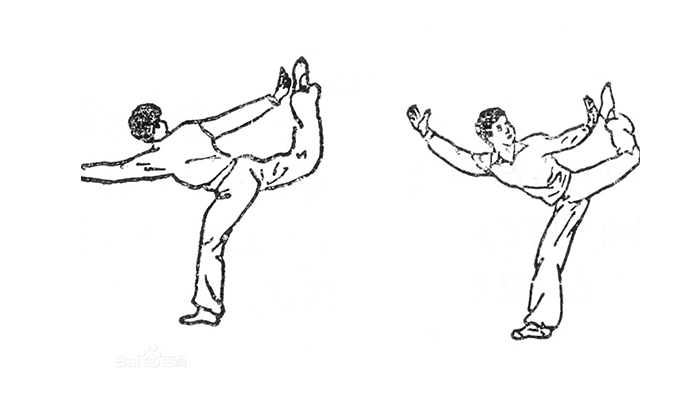
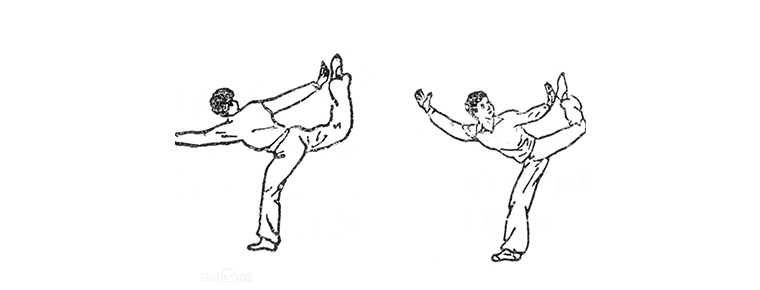
Poke feet
-
Wuhou Temple in Chengdu
Martial Marquis Memorial Temple,Chegdu city,Sichuan Province
Views: 246 Time 2018-09-29 -
Shishi Sacred Heart Cathedral
Guangzhou Shishi Sacred Heart Cathedral is located in Yide Road
Views: 178 Time 2018-10-12 -
Liaoheyuan National Forest Park
Liaoheyuan National Forest Park is located in Dawopu Forest Farm, Pingquan County, Hebei Province. It is named for its birthplace of Liaohe River in China.
Views: 164 Time 2019-01-30 -
Changsha window of the world
Changsha World Window is located on the Liuyang River in the northeastern suburb of Changsha City, Hunan Province. It is a cultural theme park jointly invested by Hunan Radio and Television Media Co.,
Views: 196 Time 2019-03-17 -
Legend of Hetuluo Books
The legend of Hetu Luoshu is a folklore system about Hetu and Luoshu, which was born in Luoyang, Henan Province. It mainly includes the legend of Longma Negative Tu Temple and the offering of Luoshu b
Views: 212 Time 2019-05-03 -
Jingzhou Huagu Opera
Jingzhou Huagu Opera, a local traditional drama in Hubei Province, is one of the national intangible cultural heritage.
Views: 174 Time 2019-05-08 -
Ningbo Mud Golden Paint
Ningbo mud gold paint is a local traditional lacquerware process in Zhejiang Province. Chinese raw lacquer is the main raw material. Raw lacquer, also known as big lacquer and real lacquer,
Views: 167 Time 2019-06-07 -
Bamboo weaving in Shengzhou
Shengzhou bamboo weaving is one of the traditional handicraft products in Shengzhou, Zhejiang Province. Shengzhou bamboo weaving technology is distributed in the bamboo producing areas of the city, in
Views: 162 Time 2019-06-14 -
Cao Yu pen name of Wan Jiabao
Cao Yu (September 24, 1910 - December 13, 1996) writer better known as Cao Yu Xiaoshi, Xiaoshun Jia, Han nationality, native to Hubei. Qianjiang Born in a declining feudal bureaucratic family in Tianj
Views: 304 Time 2019-09-07 -
Anhui University of Finance and Economics
As a multi-disciplinary finance and economics university, economics, management and law are the first batch of universities that have the right to grant bachelor's degree and the third batch of granti
Views: 209 Time 2019-09-30 -
Leshan Education
In 2018, Leshan Normal University, School of engineering and technology of Chengdu University of technology and Leshan vocational and technical college enrolled 16051 students, including 52775 students, 13837 graduates and 2509 full-time teachers.
Views: 376 Time 2020-12-17 -
Dazhou climate
Dazhou city belongs to subtropical humid monsoon climate type. Due to the complex topography, regional climate differences are large. The low mountains, hills and river valleys with an altitude of 800 meters have mild climate, warm winter, early sprin
Views: 433 Time 2020-12-20
